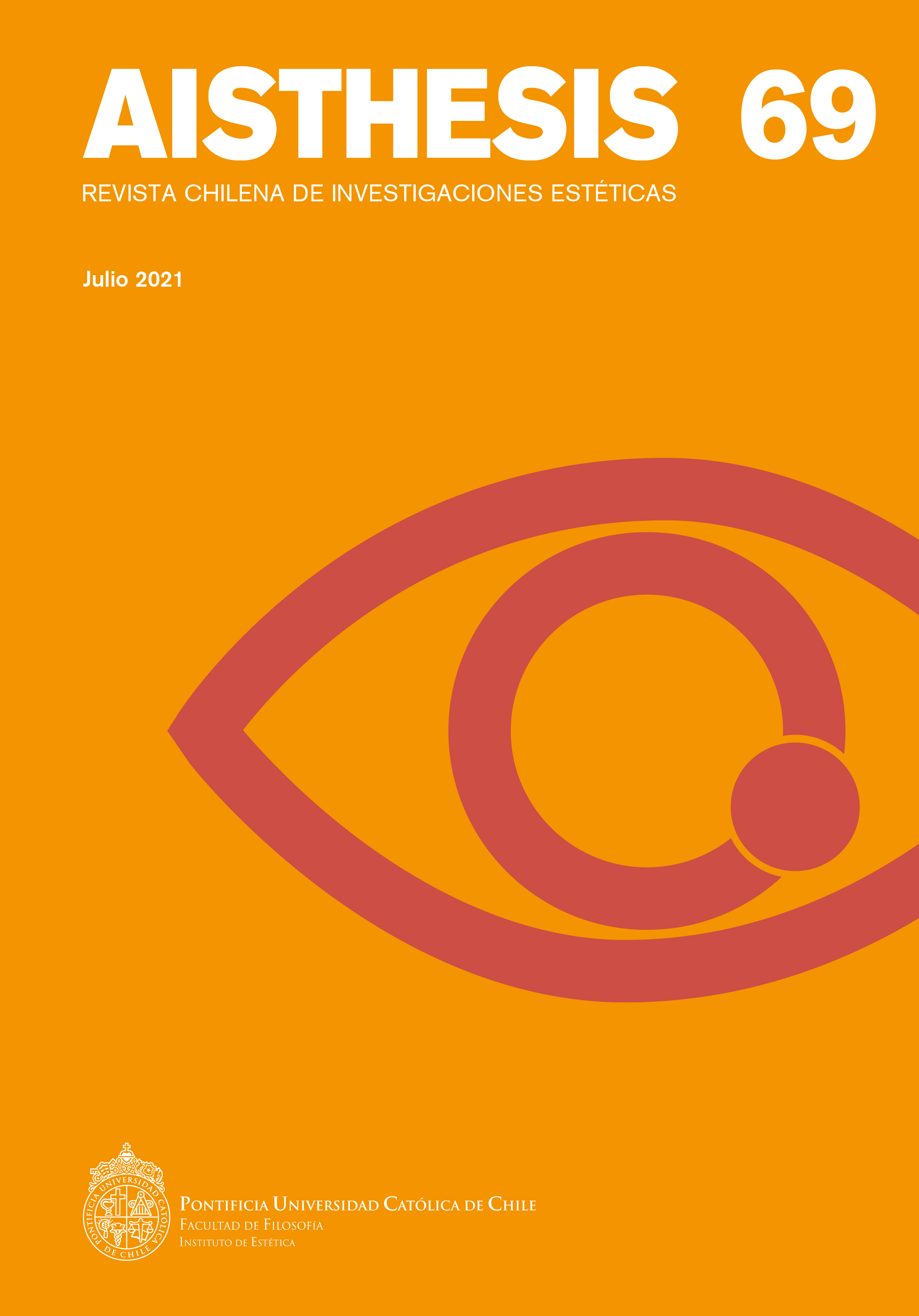La experiencia religiosa en la modernidad avanzada: análisis comparado de dos películas chilenas
Main Article Content
Abstract
Este artículo indaga en la naturaleza de la experiencia religiosa tal y como está plasmada en la cultura latinoamericana contemporánea. En esta perspectiva, presenta el estudio de dos películas chilenas recientes (La pasión de Michelangelo, 2012, y El Cristo ciego, 2016) protagonizadas por dos personajes dotados de características crísticas. Ambas películas son ambivalentes frente al fenómeno religioso: por un lado invalidan la posibilidad del milagro y por ende de la fe; por otro lado, mantienen abierta la posibilidad de una irrupción de lo “divino” (según la concepción de Meschonnic) en la vida de personajes que se han vuelto incrédulos. La tensión entre visión y palabra es clave para articular esta ambivalencia en el lenguaje fílmico. Se interpreta el resultado del análisis a la luz de la evolución religiosa de Chile y América Latina tal como está descrita en varios estudios de sociología de la religión.
Downloads
Article Details

This work is licensed under a Creative Commons Attribution-NonCommercial-ShareAlike 4.0 International License.
All contents of this electronic edition are distributed under the Creative Commons license of "Attribución-shareAlike 4.0 Internacional" (CC-BY-SA). Any total or partial reproduction of the material must mention its origin.
The rights of academic works published in this publication belong to their authors., who grant to AISTHESIS: Revista Chilena de Investigaciones Estéticas the license for its use. The management of the permits and the authorization of the publication of the images (or of any material) that contains copyright and its consequent rights of reproduction in this publication is the sole responsibility of the authors of the articles
